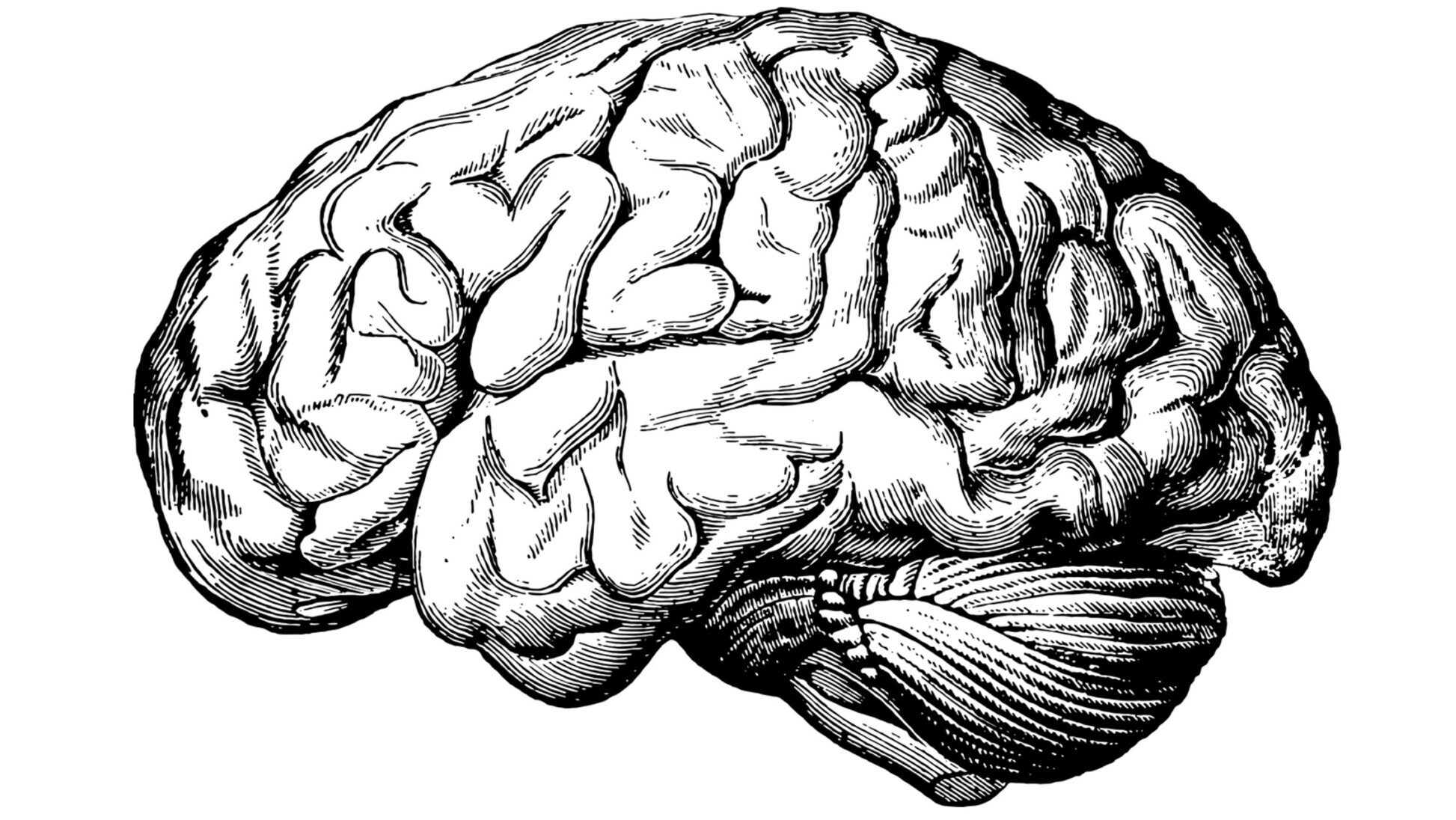Not fully knowing the condition of the many people left in a vegetative state, uncommunicative and seemingly minimally conscious, is a painful situation for their loved ones. Some people live for years in such conditions, cut off from the world around them.
Now a large study, published in the New England Journal of Medicine, points to clues that many of these people—as many as a quarter of them—may have more cognitive awareness and activity than previously thought.
Neurologists at six research centers, studying 241 unresponsive patients, found that, when asked to perform complex cognitive tasks for a few minutes—such as imagining themselves playing tennis—a full quarter of these patients showed the same brain activity as healthy people. The findings suggest that these people were indeed aware and able to think.
Dr. Nicholas Schiff, a neurologist at Weill Cornell Medicine and a co-author of the study, told the New York Times that the results of the study means up to 100,000 patients in the United States alone might have some level of consciousness despite injuries that have left them unable to move or communicate.
“It’s not OK to know this and to do nothing,” he told the newspaper, adding that it should lead to more sophisticated examinations of people in such conditions and more research into finding alternative ways of communicating with them.
Schiff has been researching consciousness disorders in patients since the 1990s. Early on, he found that brain scans showed the state of the brain itself varied vastly from patient to patient, with some patients’ brains appearing to be almost completely damaged and others preserving large segments intact and healthy. A 2006 study using similar methods also showed similar results—some seemingly vegetative patients were aware and capable of thinking.
In this study, Schiff and his fellow researchers found that 60 of the 241 patients showed signs of awareness on the functional MRI scans, electrode recordings, or both.
A small study, published in the Journal of Neurotrauma in May of this year, also suggests that life support for people with brain injuries may frequently be withdrawn too soon, while those patients still have a chance of recovery. In that study, out of 80 patients on life support, 55% died within six months. Among the survivors, 30% (24 patients) regained some independence in daily activities within that period.
The recent findings ought to bring new perspectives on options for communication and treatment, but also on the debate about euthanasia, which is not infrequently a ‘solution’ pushed on families of persons in a vegetative state.
People with consciousness disorders could potentially use brain implants designed for communication assistance in other conditions. The New York Times reported on Wednesday, August 14th, about a 46-year-old man with Lou Gehrig’s disease who, after half an hour of instruction, was able to communicate through a brain implant.






